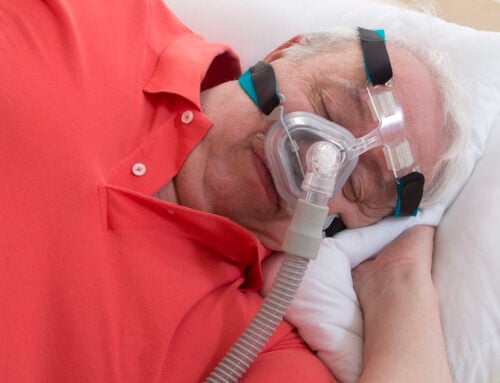Why Is Fall Prevention Important?
As people get older, just one misstep and a fall can have severe consequences. Each year falls account for over 800,000 hospitalizations in the US. About 1 in 4 elderly adults experience falls, yet more than half of these patients don’t mention the fall to a healthcare provider. While 4 out of 5 falls don’t result in injury, that’s still 20% of people who suffer head injuries, broken wrists, and hip fractures from falling.

Understanding risk factors
A combination of multiple risk factors causes most falls. Vitamin D deficiency, muscle weakness, vision problems, poorly-fitting footwear, and limited mobility can all contribute to fall risk. As people age, bones weaken, leaving people more prone to fractures. Try these 4 strengthening exercises for optimal bone health and fall prevention.
1. Sit-to-stand
To improve balance and lower body strength, one of the simplest exercises seniors can do is to practice sit-to-stand movements. To start, sit in a sturdy chair with feet firmly planted on the floor. Make sure there is a countertop or table in front of the chair, so that if balance wavers, there is something to hold on to. Lean the chest forward and shift the bodyweight forward. Try not to hold onto the chair and, instead, clasp the hands in front of the chest to test balance. Squeezing the glutes, slowly rise to standing. Sit back down and repeat 10 times.
2. Single-leg balancing
For this exercise, start in a standing position. Face a wall or countertop so that there is something to hold on to if needed. Lift the right foot about one inch off the floor while keeping the posture straight and the core tight. Hold for 10-15 seconds, then step the foot back down and switch sides. Repeat 5 times on each side.
3. Seated leg raises
This exercise will require a little bit more mobility but can offer significant strengthening benefits for the lower body. Begin by sitting in a sturdy chair that won’t roll or move. Hold onto the bottom of the chair with both hands and extend one leg straight out. Then, bend the knee in toward the chest while keeping the upper body still. Extend the leg back out and then repeat on the other side. Work up to 10 reps on each side. Eventually, try extending both legs at the same time.
4. Toe touches
These toe touches will help to improve both flexibility and balance. Start by standing straight with both feet together. Slowly roll the upper body down and extend the fingertips toward the toes. Only go as far as comfortable, trying to keep the legs close to straight. Slowly roll back up. Repeat 10 times.
What else can I do?
For optimal bone health, seniors should also eat a healthy diet full of fruits, vegetables, and whole grains. Aim for 30 minutes of moderate-intensity exercises, such as walking, Pilates, or weightlifting, most days of the week. For more information about fall prevention and building bone health, speak with a healthcare provider.




